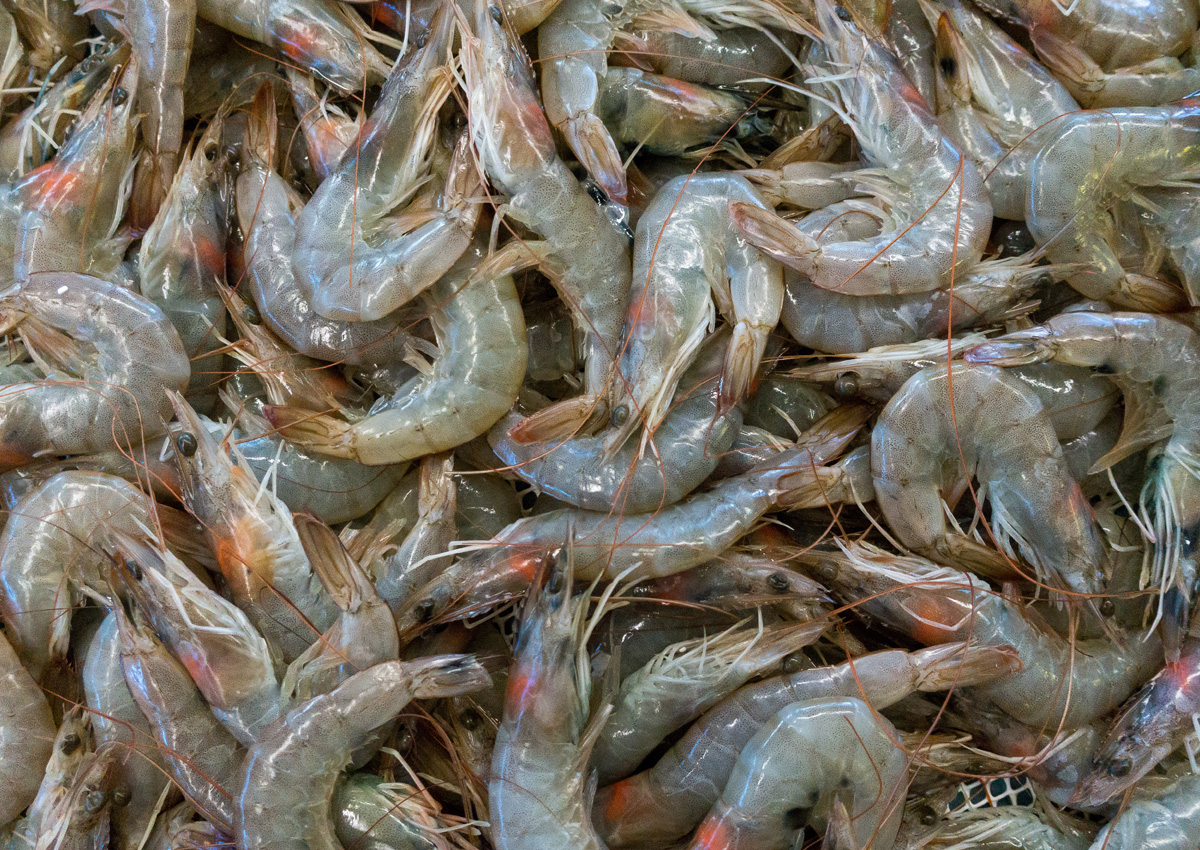Biotech Has Benefits for PHL Aquaculture, Fishery Industry
| |
The Philippines is at the center of the Coral Triangle, the epicenter of marine biodiversity in the world and a global priority for conservation.
Marine resources such as coral reefs, seaweeds, fisheries, and aquatic species live abundantly in the country’s waters. The Philippines is among the top 10 fish-producing countries in the world and the third largest seaweed producer globally.
However, according to OneOcean.org, the Philippine aquatic and fisheries industry faces challenges from overfishing, illegal and destructive fishing practices, coastal and habitat degradation, and siltation and pollution.
These factors could lead to declining fish stocks, loss of marine diversity, and loss of revenues and benefits from fisheries and coastal resources.

Scientists and researchers turn to biotechnology to help the aquaculture and fishery industry face such challenges.
Aquaculture and fishery are important components of the local food supply. According to the Food and Agriculture Organization (FAO), the application of biotechnology for aquaculture and fisheries includes genetic improvements and reproduction control, biosecurity and disease control, environmental management and bioremediation, and biodiversity conservation and fisheries management.
Biotechnology plays a significant role in enhancing productivity and efficiency in these sectors and offers solutions and opportunities that can benefit all.
In a recent webinar organized by the International Service for the Acquisition of Agri-biotech Applications (ISAAA) Inc., Dr. Mudjekeewis Santos, Career Scientist IV at the Philippine Department of Agriculture (DA) National Fisheries Research and Development Institute, discussed the potential contributions of biotechnology to the local fish industry and the national economy.
Santos shared that the roadmap for the Philippines’ fisheries biotechnology, which started in 2017, is aligned with the FAO’s work and goals and is now focused on developing climate-resilient and disease-resistant aquatic species.
The DA Administrative Order 26, 2021 guides the use of biotechnology in aquaculture and fisheries.
It covers technology development and innovation, research for development (R4D) biotechnology capacity-building, partnerships and fund generation, and technology commercialization and management.
However, unlike in crops and livestock, the use of advanced biotechnology tools in aquaculture is still in its infant stage.
Researchers from academic institutions in the country have used various conventional biotechnology tools to develop products to improve the productivity of the aquaculture and fishery industry.
Now available in the market, these include Juan Algae, a cost-effective microalgal paste used as feed in milkfish hatcheries, and JAmp (Juan Amplification) Detection Kit for White Spot Syndrome Virus (WSSV) in shrimps.
Juan Algae, a microalgae paste developed by the University of the Philippines Visayas researchers, helps aquaculture farmers address microalgae problems during adverse weather conditions.
It reduces investment loss and provides an ample supply of hatchery commodities for nursery and pond aquaculture in milkfish and shrimp larvae.
The WSSV JAmp Detection Kit is an on-site platform that efficiently detects WSSV in shrimps, allowing for immediate control and preventive measures for disease spread.
Recently, genetic improvements of fish are now technically feasible and accelerated using molecular biotechnology tools.
In the Philippines, indigenous species breeding programs for mudfish and jungle perch benefit from the application of modern biotechnology.
With the Philippine government’s enhanced support for the milkfish and shrimp biotech R4D program, priority projects include a database for these and other species and innovative tools, such as gene editing using CRISPR for the improvement of fish genetics.
The priority traits are for increased food production, disease/pest control, and climate change resiliency.
As other products of innovative technologies in fish are already in the market in more advanced countries, they could positively impact the Philippine aquaculture and fish industry once they reach our shores.
The Philippines has to be prepared. Dr. Ramon Clarete, chief of party of Building Safe Agricultural Food Enterprises (B-SAFE) Project in the Philippines, said in his message at the webinar that the applications of biotechnology in aquaculture and fishery are key to achieving a food-secure Philippines.
He added that the technology will only address these challenges if the government approves the regulations on the application of biotechnology on aquaculture and fish industries.
B-SAFE is a US Department of Agriculture-funded Food for Progress program.
As of this writing, the Joint Judicial Departmental Circular for Genetically Modified Animals and Products is already undergoing a public consultation process. Once approved, this Circular could motivate more R&D and enhance the commercialization of biotech aquaculture products for the benefit of the Filipino people.
This article was first published in Business Mirror on June 11, 2023. Watch the webinar on demand.
| Newer Post | Archive | Older Post |
Science Speaks is ISAAA Inc.'s official blog. Weekly blog articles, authored by ISAAA writers, partners, and invited contributors, aim to help share, disseminate, and promote scientific knowledge and its vital role in achieving global agricultural sustainability and development. Your support to Science Speaks will help us achieve this goal. You can help us by donating as little as $10.

